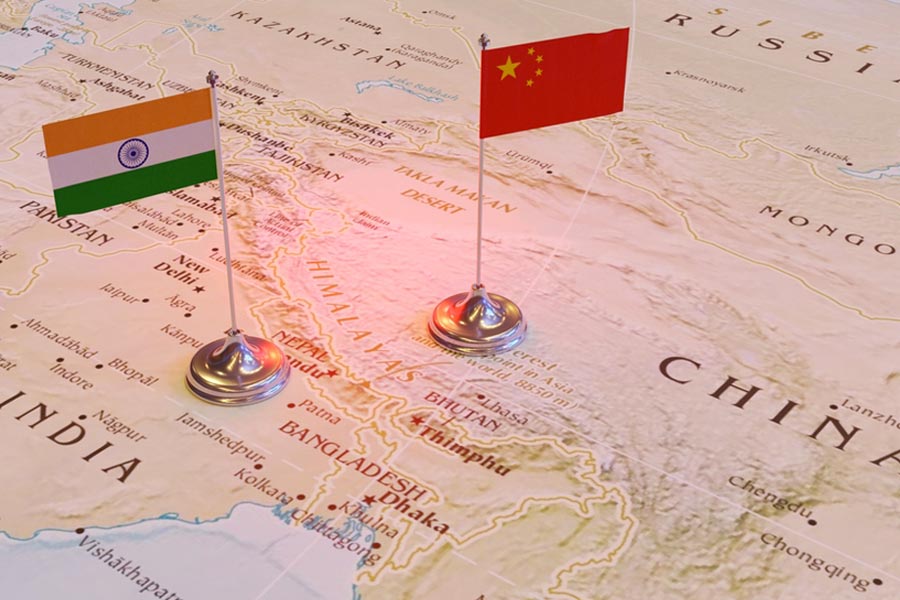Less than three months after India and China announced a détente after a four-year-long border standoff, two announcements made by Beijing have served to underscore the fundamentally tense nature of the ties despite the recent thaw. China has announced the formation of new counties that include chunks of land that fall within Aksai Chin, which India views as part of its sovereign territory held illegally by Beijing. Separately, China has unveiled plans to build the world’s largest dam on the Yarlung Tsangpo river, or the Brahmaputra as it is known in India. The dam could fundamentally alter water flow to India, the lower riparian state. India has protested against the announcement of the counties, with the ministry of external affairs making it clear that it had never accepted Chinese occupation of Aksai Chin and that the declaration of Beijing’s territorial claims would not grant those assertions any legitimacy. New Delhi has also, rightly, sought greater transparency from China on projects like the new dam that affect downstream nations. At a time when water is increasingly the source of tension between countries — be it Egypt and Ethiopia over the Nile or China and its Southeast Asian neighbours over the Mekong — New Delhi’s concerns are justified.
But while these fresh provocations deserve India’s attention, they also demonstrate the broader challenge that New Delhi faces while dealing with Beijing. For years, India has argued that the future of the relationship hinges on peace and stability along the border. Yet it is clear that even with a relatively calm border, India needs a plan to manage other aspects of the relationship, from pinpricks in the form of controversial announcements to more dangerous jabs impacting water security, technological sovereignty or intelligence operations. It must address these aspects of the ties without resorting to jingoism or getting caught between China and the United States of America in their battle for global supremacy. It should invite Chinese investments, while scrutinising any that are of a sensitive nature. It should continue strengthening its cooperation with other countries in the neighbourhood, especially in Southeast Asia and East Asia, that face the same challenge that New Delhi does: how to push back against Beijing when it crosses their red lines without triggering an active conflict with China. Ultimately, India must use the relative cooling of tensions with China in recent days to prepare for the next crisis with Beijing — whether it is over the border or the Brahmaputra.











